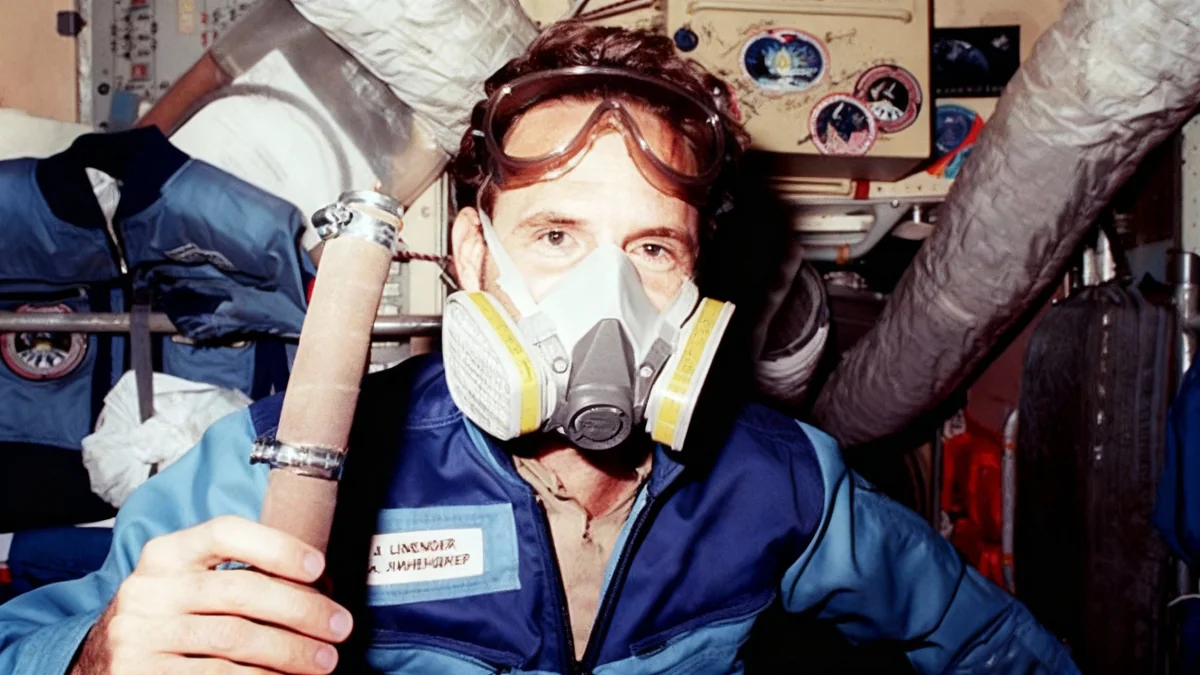The International Space Station (ISS) has marked a significant milestone, celebrating 25 years of continuous human habitation. On November 2, 2025, the global space community reflected on a quarter-century of scientific research, international collaboration, and an unbroken human presence in low-Earth orbit since the first crew arrived in 2000.
This anniversary serves as a testament to one of the most complex and ambitious engineering projects ever undertaken. It highlights a long-standing partnership between multiple nations, even as the future of orbital habitats shifts toward a new, commercial era.
Key Takeaways
- The International Space Station celebrated its 25th anniversary of continuous human occupancy on November 2, 2025.
- The first crew, Expedition 1, arrived on November 2, 2000, consisting of one American astronaut and two Russian cosmonauts.
- From its initial three modules, the ISS has grown into a massive 420-metric-ton facility with contributions from seven international and commercial partners.
- As the ISS ages, NASA is actively encouraging the development of commercial space stations to succeed it, with several companies presenting their plans.
A Landmark Achievement in Space Exploration
Twenty-five years ago, the hatch opened between a Soyuz TM-31 capsule and the nascent International Space Station. NASA astronaut Bill Shepherd and Russian cosmonauts Sergei Krikalev and Yuri Gidzenko floated aboard, officially beginning an era of uninterrupted human life beyond Earth.
Their arrival marked the start of Expedition 1. Since that day, astronauts and cosmonauts from the United States, Russia, Europe, Japan, and Canada have continuously lived and worked on the orbiting laboratory, passing the torch from one crew to the next in a seamless chain of operations.
The current crew, Expedition 73, continues this legacy. It includes Roscosmos cosmonauts Alexey Zubritsky, Sergey Ryzhikov, and Oleg Platonov, alongside NASA astronauts Jonny Kim, Zena Cardman, and Mike Fincke, and JAXA astronaut Kimiya Yui.
From a Humble Outpost to a Sprawling Laboratory
The ISS that greeted Expedition 1 was a fraction of its current size. It consisted of just three modules: the Russian-built Zarya and Zvezda, and the U.S. Node 1, later named Unity. Zarya, though constructed in Russia, was funded by the United States, underscoring the collaborative nature of the project from its earliest days.
Today, the station is a sprawling complex that is a testament to international engineering and cooperation.
The ISS by the Numbers
- Mass: Approximately 420 metric tons
- Partners: Contributions from 7 international and commercial partners
- Modules & Elements: 43 distinct components
- Typical Crew Size: Seven astronauts/cosmonauts
This expansion includes laboratory modules from the European Space Agency (ESA) and the Japan Aerospace Exploration Agency (JAXA), as well as the iconic Canadarm2 robotic arm from the Canadian Space Agency. More recently, commercial companies have also added smaller segments, further diversifying the station's capabilities.
The Future of Low-Earth Orbit
As the ISS ages, its primary partners are looking toward the future. NASA has been clear about its strategy to transition from being an operator of a space station to a customer. The agency is fostering a new commercial space economy by funding several U.S. companies to develop private orbital destinations.
This week, leaders from this emerging industry are discussing their progress. Events such as the Johns Hopkins University Discovery Series and The Economist's Space Economy Summit feature speakers from companies pioneering these new commercial stations.
Starlab and Vast Leading the Charge
Marshall Smith, CEO of Starlab, and Rich Leshner from Vast are among those presenting their visions for the future. Starlab is being developed as a continuously crewed, free-flying space station, while Vast is planning its Haven-1 station. These platforms are intended to serve a variety of customers, including national space agencies, private researchers, and space tourists.
Other key figures in these discussions include representatives from Blue Origin, SpaceX, and Astrobotic, highlighting the broad industry effort to build the infrastructure that will succeed the ISS. This transition is seen as critical for maintaining a U.S. presence in low-Earth orbit without interruption.
Challenges on the Ground
The 25th-anniversary milestone occurs amidst operational challenges on Earth. A partial U.S. government shutdown has been ongoing for over a month, furloughing many federal employees. While essential operations for the ISS continue, the shutdown has impacted non-essential activities and planning across NASA.
The agency's personnel who operate the ISS, its satellites, and the Artemis program are considered "excepted" and continue to work without pay. However, the shutdown has led to the cancellation or modification of several scientific conferences and meetings, such as the Lunar Surface Innovation Consortium.
Sustaining International Cooperation
A key element of the ISS's operational success is the crew-swap agreement between NASA and Roscosmos. To ensure that at least one American and one Russian are always on board to manage their respective segments, U.S. Crew Dragon missions carry a Russian cosmonaut, and Russian Soyuz missions include an American astronaut. This practice continues despite geopolitical tensions, demonstrating the resilience of the space partnership.
Despite the terrestrial difficulties, the focus remains on the remarkable achievement in orbit. The 25-year continuous occupation of the International Space Station stands as a powerful symbol of what humanity can achieve through collaboration, perseverance, and a shared vision for exploring the final frontier.





